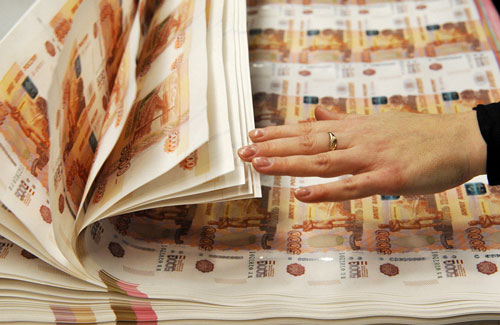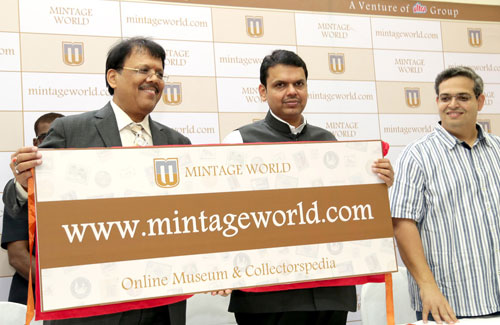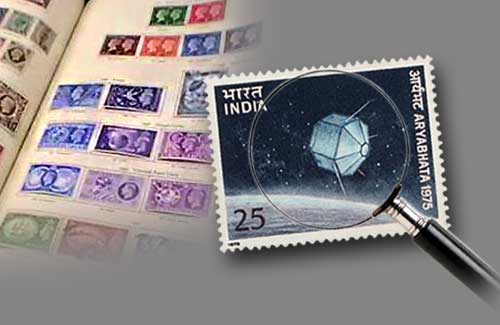A small brief on Gandharan Empire
The word Gandhāra was derived from Sanskrit word which literally means "perfumed"; also termed as Waihind in Persian. It was one of the most flourishing Indian kingdoms or Mahajanapadas in northern Pakistan and eastern Afghanistan. Geographically, Gandhara was located mainly in the vale of Peshawar, outstretched onto Taxila and then to northern side of the Kabul River.
The Origin
During the 6th century BC, Persian silgos of 5.5 grams were used by Darius and his successors to manage lands that he conquered. This coinage was never initiated by any local dynasty in Gandhara.
The earliest Gandharan coins ? shatamanas, sometimes referred to as bent-bars were equal to 100 manas or measures and came into existence in 5th century BC. Since the average weight of shatamanas measures up to the weight of 2 Persian sigloi or 100 rattis, it is believed that this coinage followed the Persian siglos standard. 1 ratti is 0.112 grams and hence a shatamana’s weight was around 11.2 grams. The value of the currency was directly related to the purity of metal and weight of the coin as opposed to the accuracy of mint.
Slowly the concept of punchmarked coins spread beyond Gandhara to the south and later were minted in many other regions of northern and central India. The weight standards and denominations varied from region to region and time to time based on various factors that affected commodity value and standard of living. For example unlike in Gandhara the Magadha Empire used weight standards of 7.6. 5.4, 4.6 and 3.4 grams.
The Shatamana Coinage system continued for a long period, probably till the time when Chandragupta Maurya conquered Gandhara in 300 BC. Post that, short debased, silver plated and copper bar issues were minted. The original silver Shatamanas though are extremely rare coins of India.
The Evolution
The earliest version of Shatamana coinage were made of pure silver and consisted of narrow long type coins which is quite rare. Their length was around 40 and 50 millimeters, and width was generally 7-9 mm. The peculiar character to all these coins of Gandhara was the typical six-armed symbol with minute variations.
Since the coins were so narrow, the imprint of the punch was always partial, and the entire symbol was never minted on them. Hence, the presence or absence of dots or other such modifications in designs is hard to study. There is a possibility that different varieties existed but they are difficult to be identified because of the partial designs.
Slowly these coins took a broader shape and finally shatamana fractions were introduced which were all minted on circular concave flans with a single punchmark of the same 6-armed symbol on one side.
Shatamana fractions
The Shatamana fractions were probably minted and circulated around 500 BC. Various fractions were introduced with different denominations like 1/2 shatamana (4 shana), 1/4 shatamana (2 shana), 1/8 shatamana (1 shana), 1/16 shatamana (1/2 shana) and 1/32 shatamana (1/4 shana).
Also, Shatamana fractions followed a standard weight pattern. 1 shatamana weighed around 11.2 grams, ½ shatamanas weighed around 5 grams. ¼ shatamanas ? around 2.8 grams, 1/8 shatamanas ? 1.5 grams, 1/16 shatamanas ? 0.7 grams and 1/32 shatamanas ? 0.20 grams.
Smaller denomination of shatamana was the karshapana which weighed around 3.3 grams. Fractions of karshapanas were also minted later on.
Coins of smaller denominations are generally somewhat more common than the full shatamanas, but the larger denominations (like 1/2 and 1/4 shatamana) as well as the smallest denomination (1/32 shatamana) can be considered as some of the rarest coins of India.
With time, the fractions also underwent significant debasement, just like the silver Shatamana, The quality of silver for making these coins kept on decreasing and the latest coins (mostly 1/4 karshapanas) were made out of very base silver and struck with crude dies.
Did the lineage continue?
What is fascinating to learn is that use of standard weights for minting fractions and the concept of punch marked coins was followed in different mahajanapadas like the Mauryan Empire which was geographically very away from the Gandharans. Even today, Coins of India do follow a set pattern. Numismatists still love to debate on this topic and like exploring the influence of coinage from different mahajanapadas.
For more information about ancient punchmarked coins of india, visit our website Mintage World.
References:
Retail sector in India by Ashish Kumar
Punchmarked coinage of the Indian Subcontinent (Magadha-Mauryan Series) by PL Gupta and T R Hardakar.
Image courtesy: Columbia.edu
-
Stamps on International Refugee Day

Violence, wars, terrorist attacks and prosecutions have torn the world apart into pieces t...
-
Young Philatelist: Mythical Creatures on Stamps

Can you imagine a world without stories? We were all born to tell and listen to them; that...
-
Young Numismatist: Time to Show You The Money

You always cribbed “Show Me the Money”. Now you get to see me in person, nice, up and ...
-
Types of Fancy Number Currency Notes

Types of Fancy Number Currency Notes Many notes come and go from your pockets and wallets...
-
Essential Tools for Every Stamp Collector

Gearing up the right way for anything that you have set your minds on always comes in hand...
-
Celebrating Buddha Purnima Through Coinage

21st May will be observed as Buddha Purnima this year across the country, celebrating the ...
-
Why Can't a Country Choose to Get Richer By Printing More Paper Money?

A question that many of us might have thought of, but never knew whom to ask. Today, let�...
-
Remembering Rabindranath Tagore

7th May 1861 was a special day in Indian history indeed. Rabindranath Tagore, one of the w...
-
CM Devendra Fadnavis Launches Mintage World

23rd April 2016 was a very special and eventful day indeed! Mintageworld.com was officiall...
-
8 Tips for Budding Stamp Collectors

Collecting stamps is more than just a hobby for some. It’s an experience that helps you ...

